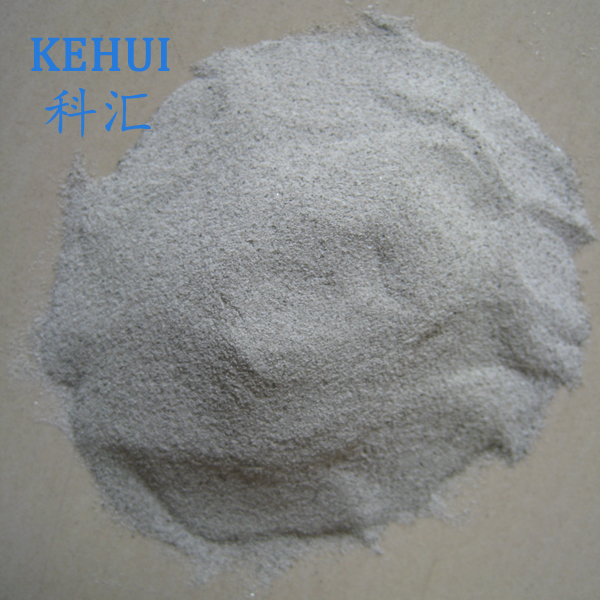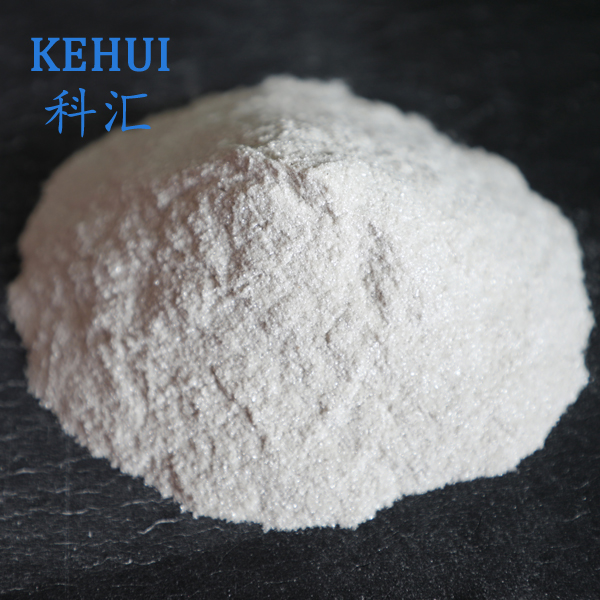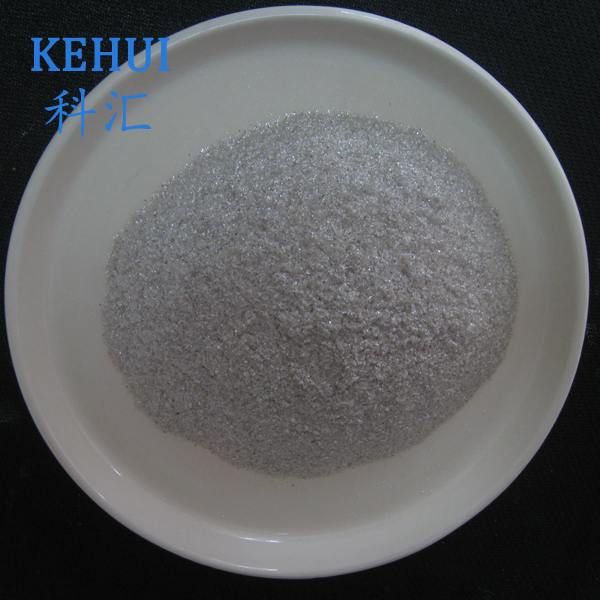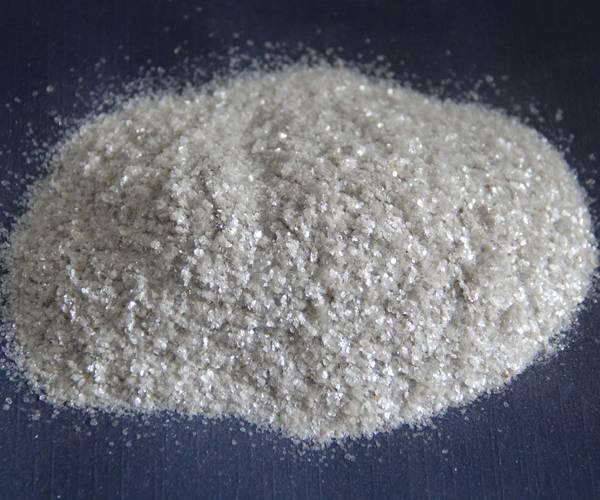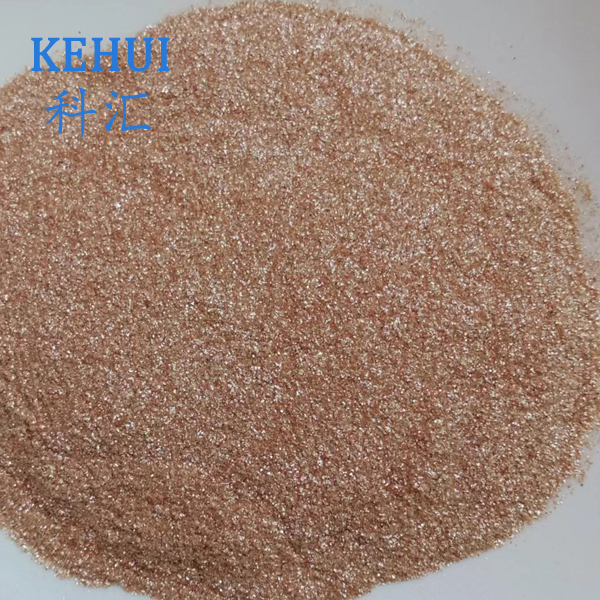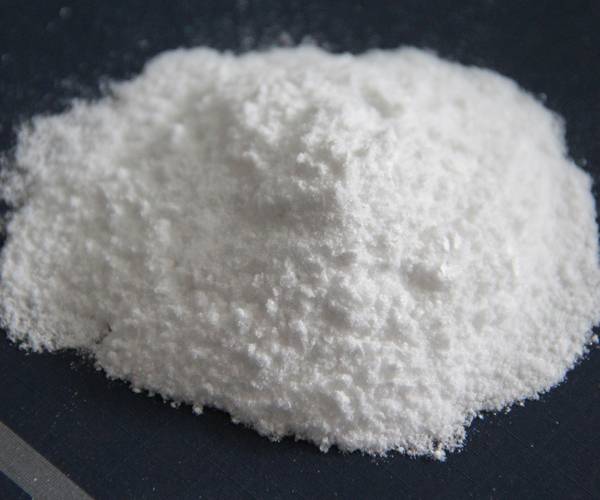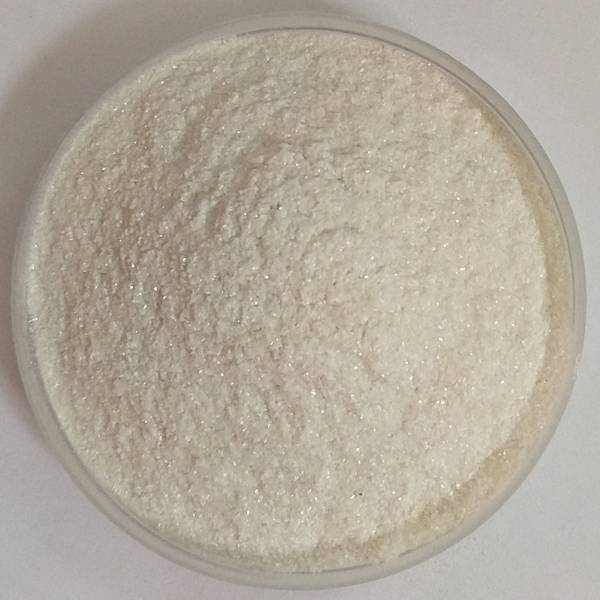High Quality Cenosphere Floating Beads/Ceramic Microspheres for Coating
1. Industry Overview & Trends
The global Cenosphere Floating Beads/Ceramic Microspheres for Coating market is witnessing unprecedented growth. According to MarketsandMarkets, the worldwide cenospheres market is projected to grow at a CAGR of approximately 11.2% from 2023 to 2028, reaching USD 828 million by 2028. Driving factors include lightweight material demand, energy-saving solutions for coatings, increased infrastructure projects, and regulatory push for eco-friendly additives in industrial applications.
Innovative ceramic microspheres are transforming the coatings sector due to their unique combination of low density, chemical inertness, thermal insulation, and superior flowability. Incorporation into coatings delivers enhanced durability, cost-effectiveness, anti-corrosive properties, and improved aesthetics.
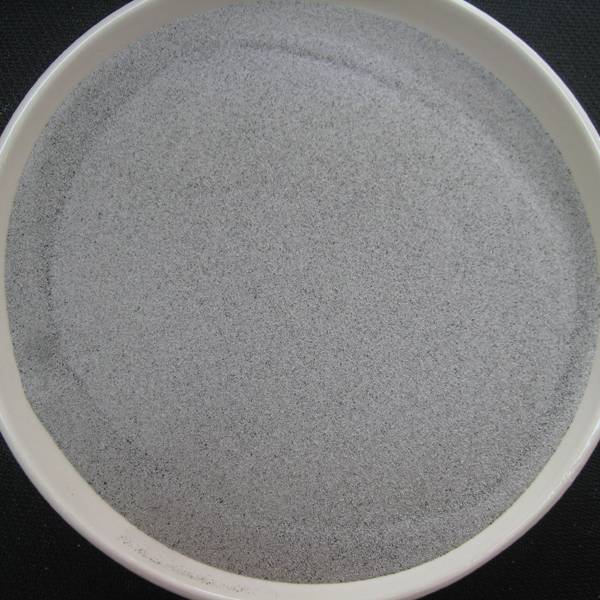
2. Key Technical Specifications
| Property | Cenosphere Floating Beads | Ceramic Microspheres | Typical Standards |
|---|---|---|---|
| Particle Size (μm) | 40–150 | 5–150 | ISO 3310-1:2000 |
| True Density (g/cm³) | 0.45–0.75 | 0.70–1.20 | ASTM D792 |
| Compressive Strength (MPa) | 20–60 | 60–150 | ISO 604 |
| Sphericity (%) | > 85 | > 90 | ISO 9276-6 |
| Thermal Resistance (°C) | Up to 1200 | Up to 1400 | ANSI/ASTM C117 |
| Chemical Composition | SiO₂ 55%, Al₂O₃ 38%, Fe₂O₃ ~2% | SiO₂ 60-68%, Al₂O₃ 28-35% | ISO 12677 |
| Water Absorption (%) | <2.5 | <1.5 | ISO 10545-3 |
| Oil Absorption (g/100g) | 24–30 | 17–25 | ASTM D281 |
3. Market Dynamics & Technical Trends
4. Manufacturing Process: Cenosphere Floating Beads / Ceramic Microspheres for Coating
(ISO 3310-1 Screening) High-temp. Thermal Expansion (1050–1400°C)
(CNC-Controlled Furnace, ISO 12677) Sphericalization (Rotary Kiln, Gas/Air Jet Casting) Cooling & Collection Sorting & Final Grading Multi-point Quality Inspection
(ISO 604, Particle Strength / ISO 10545-3, Absorption Rate) Packing/Storage/Ship-out
5. Advantages & Typical Applications
- Lightweight Filler (Density as low as 0.45 g/cm³): Slashes coating weight by up to 40% vs. conventional fillers, vital in marine, aerospace, and architectural coatings.
- Thermal & Chemical Stability: Withstands up to 1400°C and inert to most chemicals, resisting volatile environmental threats and corrosion for long-lasting industrial performance.
- Flowability & Sphericity: >90% roundness ensures smooth dispersion, less binder use, and flawless finish in waterborne/solventborne coatings.
- Energy Saving & Lower VOC: Their micro-shell insulation cuts heat loss; low absorption minimizes volatile organic compound (VOC) emissions – key for green building standards (e.g., LEED).
- Versatility: Applied in stone/metal/wood coatings, fireproof panels, high-durability pipeline paints, oil & gas pipeline infrastructure, and advanced 3D printing polymer coatings.
- Petrochemical Storage Tanks: Enhanced anti-rust, longer recoating intervals.
- Metallurgical Plants: Used in high-temperature protective paints (verified in Russia’s Norilsk Nickel projects, 2022).
- Water Distribution Pipelines: No contamination, improved mechanical life-cycle.
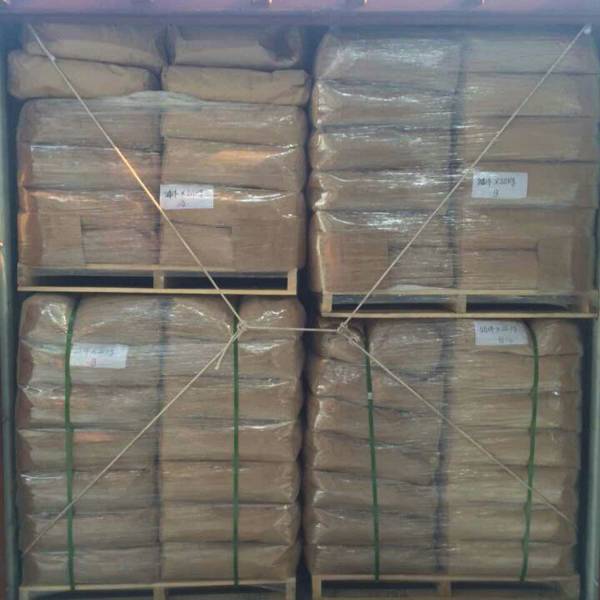
6. Product & Vendor Comparison
| Manufacturer | ISO Certified | Density (g/cm³) | Sphericity (%) | Max Temp. (°C) | Standard Size Range (μm) | Annual Supply (tons) | Customization |
|---|---|---|---|---|---|---|---|
| KEHUIMICA (Cenosphere Floating Beads/Ceramic Microspheres for Coating) | Yes (ISO 9001:2015) | 0.48–0.80 | 90–95 | 1400 | 10–150 | 8,500+ | Ultra-fine, composite blends |
| 3M | Yes | 0.60–1.10 | 85–91 | 1200 | 10–60 | 6,200 | Moderate |
| Omya | No | 0.70–1.20 | 82–88 | 1250 | 15–120 | 5,000 | Low |
| Spheralite | Yes | 0.82–1.05 | 88–93 | 1350 | 20–110 | 4,600 | Moderate |
7. Customization & Engineering Solutions
- Custom Particle Sizing: Ultra-fine (5–15μm) to macro (up to 180μm) grades, tailored for specialty coatings.
- Surface Modifications: Hydrophilic/hydrophobic coatings for advanced resin compatibility.
- Chemical Doping: TiO₂, ZrO₂, or rare-earth doping for radiation shielding or infra-red reflective coatings.
- Blended Formulations: Composite microspheres for synergistic thermal/bulk/strength properties.
- Coloration: White, gray, or pigmented microspheres for decorative finishes.
- Ultra-low Density Grades: For aerospace or ultra-light structures (
- On-site Testing & Performance Guarantee: Each batch validated per ISO, ANSI coating norms.
Warranty: 18 months product shelf-life (dry storage), plus full technical support.
Contact for Custom Projects: Email sales@kehuimica.com or visit Cenosphere Floating Beads/Ceramic Microspheres for Coating.
8. Application Case Studies
By integrating Cenosphere Floating Beads/Ceramic Microspheres for Coating (20% weight) into epoxy systems, coating weight was reduced by 29%, with a 40% improvement in insulation and a 24-month extension of corrosion resistance validated by ISO 12944-9 testing.
Hollow microsphere-reinforced resin achieved 35% lower density. Project leader feedback: “Surface finish and drying time far outperformed conventional mineral fillers, without compromising strength or adhesion. Inspection passed all ANSI/ASTM QUV weathering standards.”
Incorporation led to 30% lower thermal conductivity, meeting EN13501-1 Class A fire resistance. Service feedback: stable processability, no dusting issues, easy cleanup, improved ergonomics.
9. Application Comparison: Fill Weight & Performance
10. Conclusion & References
The integration of Cenosphere Floating Beads/Ceramic Microspheres for Coating into contemporary coating systems enables significant improvements in performance, durability, environmental compatibility, and cost savings. With strong technical backing, rigorous ISO & ANSI standards compliance, and 20+ years’ operational field history, these advanced fillers are the trusted choice for projects demanding lightweight strength and thermal innovation.
For technical literature, best practices, or MSDS/CoA requests, contact KEHUIMICA.
• MarketsandMarkets, “Cenospheres Market by Type, End Use, Region - Forecast to 2028,” [View Report]
• “Performance Additives in Industrial Coatings”, Coatings World, June 2023. [Read]
• Jinbao Zeng et al., “Ceramic Microbeads in Fireproof Paints,” Journal of Coating Technology, Vol.44(7), 2023. [Article]
• Coatings World Forum — real user reviews and case discussions.
• More technical downloads: KEHUIMICA Product Center
-
The Versatile World of Phlogopite Mica: Properties, Forms, and ApplicationsNewsJul.14,2025
-
The Versatile Applications of Calcined Mica: From Decoration to Industrial UseNewsJul.14,2025
-
The Role of Muscovite Mica in Industrial Insulation MaterialsNewsJul.14,2025
-
The Benefits of Using Expanded Clay Pebbles in Hydroponics and Soil GardeningNewsJul.14,2025
-
Innovative Applications of Mica Flake in Paints and CoatingsNewsJul.14,2025
-
Gardening Expanded Clay Usage: A Complete GuideNewsJul.14,2025
-
The Use of Natural Mica Powder in Skincare ProductsNewsJun.11,2025

